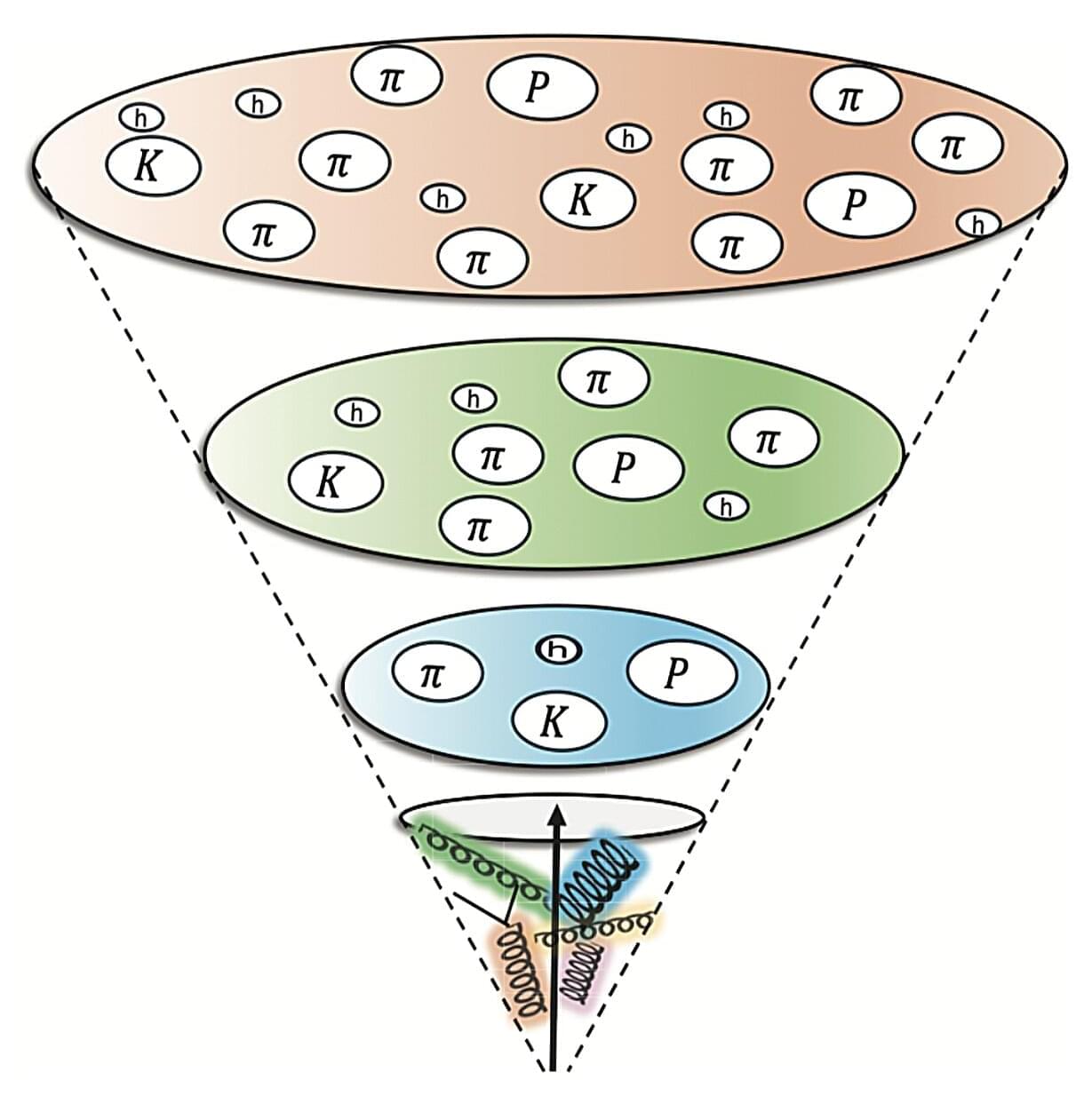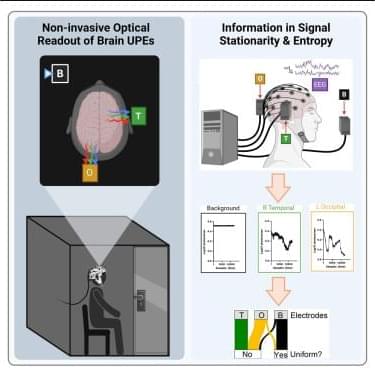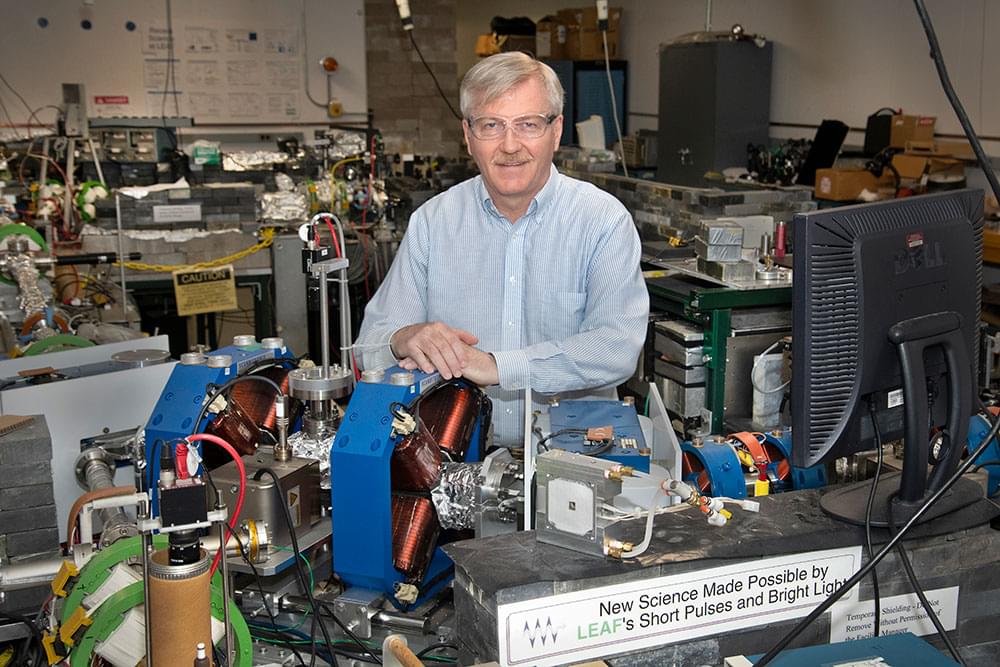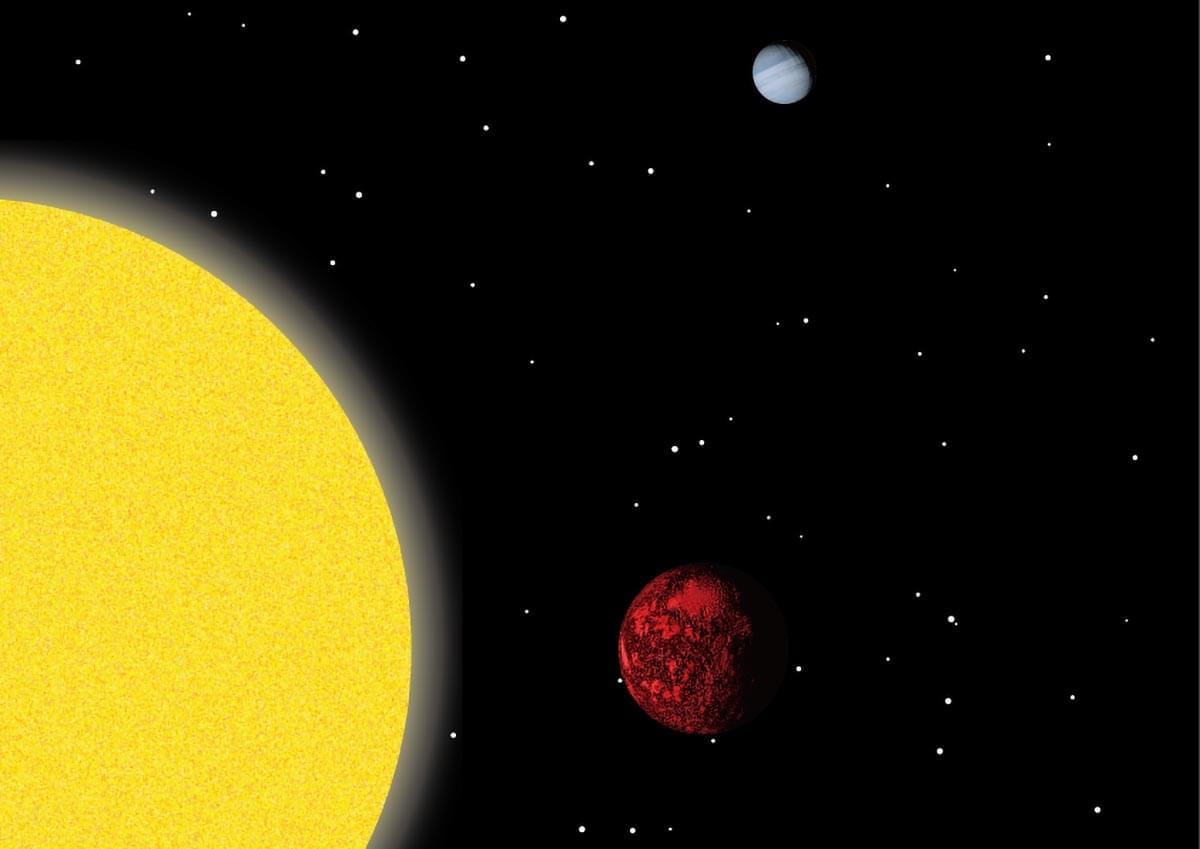Are rogue machines lurking in the cosmos, quietly outlasting their creators? We explore the eerie possibility that ancient AI remnants, abandoned or self-replicating, could be hidden throughout the galaxy—watching, waiting, and perhaps even shaping the fate of civilizations.
Watch my exclusive video Post-Consciousness Civilizations: https://nebula.tv/videos/isaacarthur-postconsciousness-civil…-awareness.
Get Nebula using my link for 40% off an annual subscription: https://go.nebula.tv/isaacarthur.
Get a Lifetime Membership to Nebula for only $300: https://go.nebula.tv/lifetime?ref=isaacarthur.
Use the link gift.nebula.tv/isaacarthur to give a year of Nebula to a friend for just $30.
Visit our Website: http://www.isaacarthur.net.
Join Nebula: https://go.nebula.tv/isaacarthur.
Support us on Patreon: https://www.patreon.com/IsaacArthur.
Support us on Subscribestar: https://www.subscribestar.com/isaac-arthur.
Facebook Group: https://www.facebook.com/groups/1583992725237264/
Reddit: https://www.reddit.com/r/IsaacArthur/
Twitter: https://twitter.com/Isaac_A_Arthur on Twitter and RT our future content.
SFIA Discord Server: https://discord.gg/53GAShE
Credits:
The Fermi Paradox & Zombie AI: Are Rogue Machines Hiding in the Cosmos?
Episode 494; April 10, 2025
Written, Produced & Narrated by: Isaac Arthur.
Editors: Briana Brownell & Donagh Broderick.
Select imagery/video supplied by Getty Images.
Music Courtesy of Epidemic Sound http://epidemicsound.com/creator.
Phase Shift, “Forest Night“
Chris Zabriskie, “Unfoldment, Revealment”, “A New Day in a New Sector”, “Oxygen Garden“
Stellardrone, “Red Giant”, “Billions and Billions”








